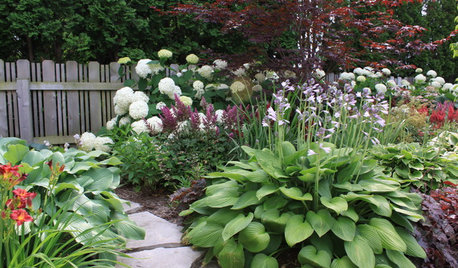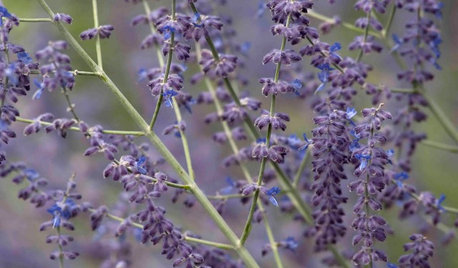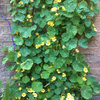Experience with Super Bloom Fert.
bunny6
15 years ago
Featured Answer
Sort by:Oldest
Comments (14)
tapla (mid-Michigan, USDA z5b-6a)
15 years agolindac
15 years agoRelated Professionals
Windham Landscape Architects & Landscape Designers · Beachwood Landscape Architects & Landscape Designers · Harrison Landscape Architects & Landscape Designers · Severn Landscape Architects & Landscape Designers · Mooresville Landscape Contractors · Commack Landscape Contractors · Fishers Landscape Contractors · Kerman Landscape Contractors · Parker Landscape Contractors · Tamarac Landscape Contractors · Tustin Landscape Contractors · Whitehall Landscape Contractors · Kingsburg Landscape Contractors · Fort Worth Decks, Patios & Outdoor Enclosures · Lincoln Decks, Patios & Outdoor Enclosuresbunny6
15 years agoken_adrian Adrian MI cold Z5
15 years agolindac
15 years agolindac
15 years agocalistoga_al ca 15 usda 9
15 years agotapla (mid-Michigan, USDA z5b-6a)
15 years agoalbert_135 39.17°N 119.76°W 4695ft.
15 years agotapla (mid-Michigan, USDA z5b-6a)
15 years agolindac
15 years agobunny6
15 years agotapla (mid-Michigan, USDA z5b-6a)
15 years ago
Related Stories

MOST POPULARSpring Gardens Are Blooming — Here’s What to Do in April
Get the guide you need for gardening in your U.S. region, with tasks, climate-appropriate plantings and more
Full Story
GARDENING GUIDESTop 12 Summer-Blooming Perennials for Deer-Resistant Drama
Can you have garden color, fragrance and exciting foliage with hungry deer afoot? These beauties say yes
Full Story
LIFESimple Pleasures: Dinner for One
Make a solo meal a luxurious experience by savoring the moment along with whatever you cook
Full Story
FLOWERS AND PLANTSHelp Monarchs and Other Butterflies by Planting Common Milkweed
Summer-blooming Asclepias syriaca is an important larval host plant for the monarch butterfly and attracts a number of pollinating insects
Full Story
SPRING GARDENINGGreat Design Plant: Russian Sage
Silvery stems in winter and a haze of purple blooms in spring and summer make this spiky plant a year-round performer in the garden
Full Story
GARDENING GUIDESEvocative Plants to Awaken All the Senses
Slip into a garden wonderland that brings more than mere visual delight, by including these grasses, flowers and herbs
Full Story
GARDENING GUIDESLessons in the Rewards of Selfless Gardening
Let go of gardening for your own vision and watch the garden’s own true vision come forth
Full Story
MOST POPULARA Magical Tree House Lights Up for Christmas
From the Most Popular file: An incredible tree house takes things up a notch for the holidays. See how it came to be
Full Story
GARDENING GUIDESWe Bust 4 More Native Plant Myths
Have you been taken in by these fallacies about gardening with native plants?
Full Story
LANDSCAPE DESIGNNatural Swimming Pools: More Beauty, No Chemicals
Keep your skin and the environment healthy with a pool that cleans itself, naturally
Full StoryMore Discussions








ken_adrian Adrian MI cold Z5